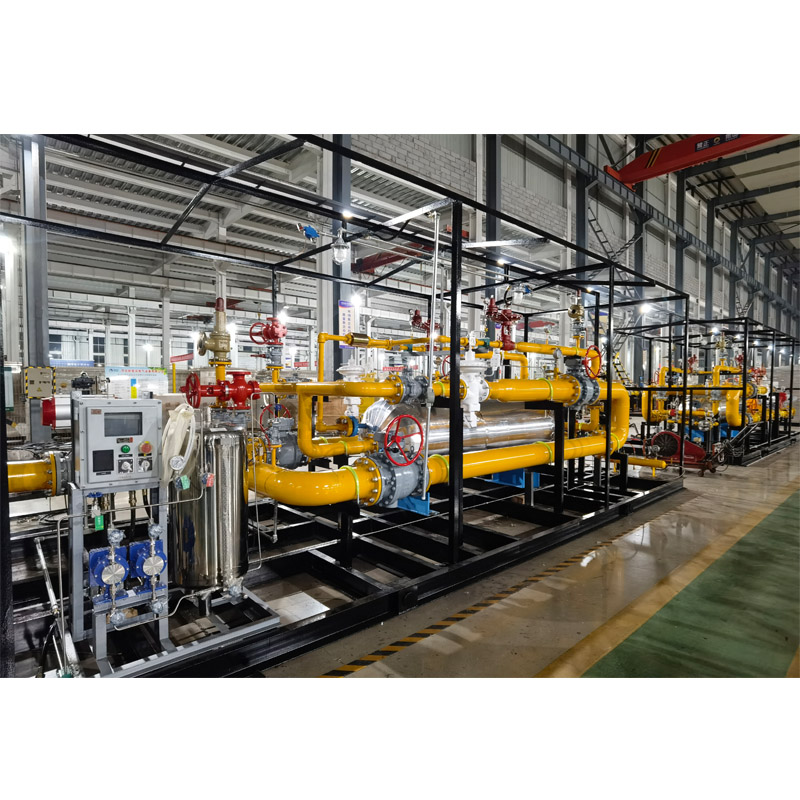
10 月 . 08, 2024 09:37
Back to list
Electric Control Valve for Precise Flow Regulation and Automated System Performance Optimization
Understanding Electric Regulating Valves An Essential Component in Modern Automation
Electric regulating valves play a crucial role in contemporary automation systems, providing precise control over fluid flows in various industrial processes. These valves are essential in applications ranging from HVAC systems to chemical processing, emphasizing their versatility and importance in ensuring operational efficiency and safety.
What is an Electric Regulating Valve?
An electric regulating valve is a type of valve equipped with an electric actuator that responds to control signals from automation systems. Unlike traditional mechanical valves that require manual operation, electric regulating valves can be controlled remotely, allowing for automated and precise adjustments to flow rates. This capability not only enhances operational efficiency but also minimizes the need for manual labor, thereby reducing the risk of human error.
How Do Electric Regulating Valves Work?
Electric regulating valves operate using a simple yet effective mechanism. The valve consists of a body, a seat, and a movable plug or disk that regulates the flow of fluid. The electric actuator, powered by a motor, adjusts the position of the valve’s plug based on the control signals it receives from a central control system. This setup allows for real-time adjustments to flow, pressure, and temperature, which are critical in maintaining optimal operating conditions in various processes.
Advantages of Electric Regulating Valves
1. Precision Control One of the most notable advantages of electric regulating valves is their ability to provide exceptional precision in flow control. This is vital in industries where accurate fluid management is crucial, such as temperature regulation in power plants or chemical dosing in pharmaceuticals.
electric regulating valve

2. Remote Operation Electric regulating valves can be controlled from a distance, facilitating automated processes and decreasing the labor required for manual adjustments. This feature provides significant operational flexibility and allows operators to monitor systems without being physically present.
3. Integration with Smart Systems As industries move towards smart automation, electric regulating valves can easily integrate with advanced monitoring and control systems. This integration enhances the overall efficiency and reliability of operations, enabling predictive maintenance and real-time data analysis.
4. Energy Efficiency By precisely regulating the flow of fluids, these valves can contribute to energy savings. When systems operate at optimal levels, the need for excessive pumping or energy consumption is greatly reduced.
Applications of Electric Regulating Valves
Electric regulating valves are utilized across a variety of industries. In the HVAC sector, they help maintain consistent temperatures and airflow by regulating the flow of refrigerants. In chemical processing, they ensure accurate mixing and dosing of chemicals, while in water treatment facilities, they help control the flow of water through treatment systems. Their versatility makes them suitable for numerous applications, underlining their significance in modern industrial processes.
Conclusion
In summary, electric regulating valves are integral components of modern automation systems, offering benefits that enhance operational efficiency, precision, and safety. Their ability to integrate seamlessly with smart systems positions them as a vital technology in a rapidly evolving industrial landscape. As industries continue to embrace automation, the reliance on electric regulating valves will undoubtedly grow, highlighting their essential role in driving innovation and improving performance across various sectors.
Next:
Latest news
-
Unlocking The Quality Gas Pressure ReducersNewsNov.01,2024
-
The Role of Gas Pressure Reducing StationsNewsNov.01,2024
-
The Importance and Functionality of Safety Relief ValvesNewsNov.01,2024
-
The Essential Role of Safety Valves in Natural Gas ApplicationsNewsNov.01,2024
-
The Essential Role of Gas Pressure RegulatorsNewsNov.01,2024
-
Enhance Your Premium Gas FiltersNewsNov.01,2024

